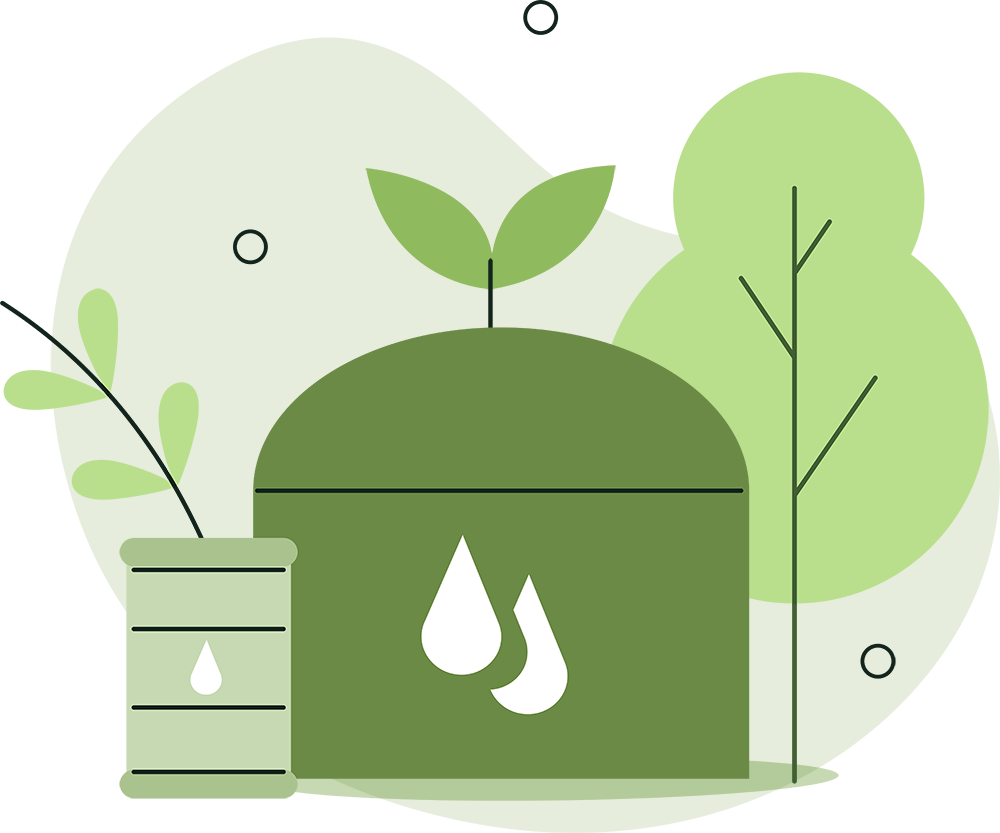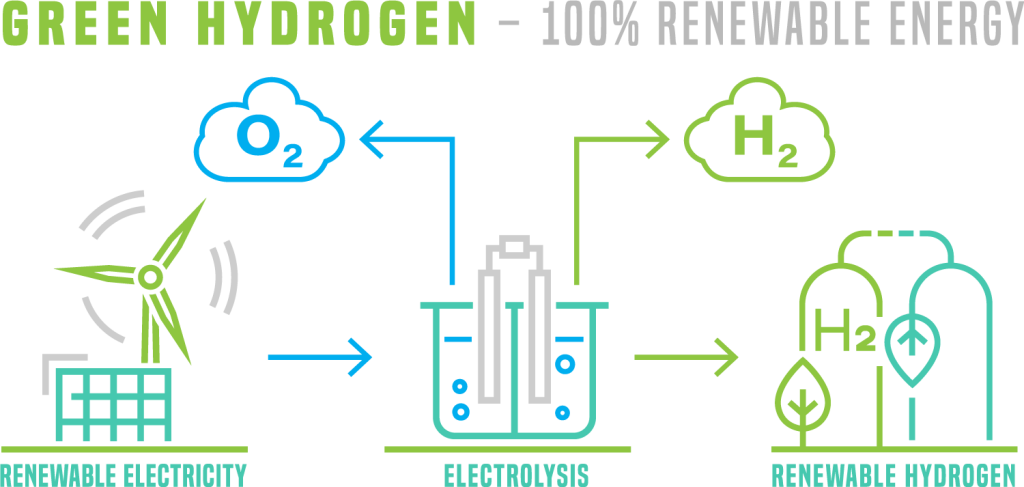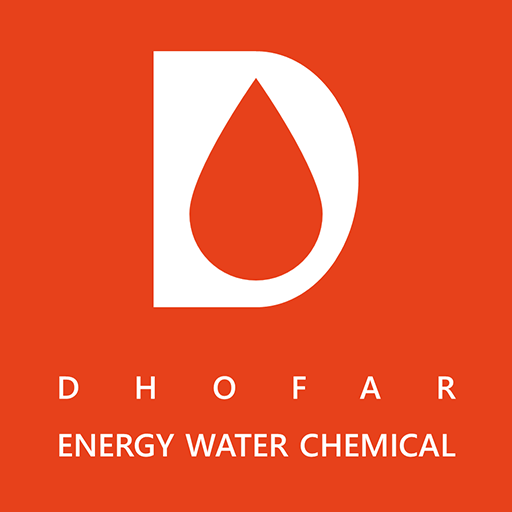Green Chemicals

Green Chemicals
Dhofar EWC is committed to developing and investing in the production of Green Chemicals that mitigate negative externalities in product life cycles. Initial projects involve the recovery of salt and minerals from brine retentate of SWRO plants, along with the production of chlorine and caustic soda using renewable energy.
Green Chemical Productions
Green Salt
Chloralkali
Chlorine
Green Hydrogen

Green Chemical Projects

Green Salt Recovery from SWRO retentate
SWRO, a prevalent seawater desalination technology, yields retentate with double the salt concentration of the feed seawater. The primary objective of this project is to recover pure NaCl from SWRO through an optimal process. Currently in the engineering phase, construction will commence after finalizing the basic design.

Dhofar Chloralkali project (20 ktpy, 2 phase)
The chlor-alkali process is an industrial process for the electrolysis of NaCl solution. It is the technology used to produce chlorine and sodium hydroxide (lye/caustic soda), the commodity chemicals that are required by different industries. Usually, the process is conducted on the brine (an aqueous solution of NaCl), which produces NaOH, hydrogen, and chlorine as a result. Dhofar-EWC is developing Dhofar Chlor-alkali project in Salalah Free Zone. The project is to produce 20 KTPY of caustic Soda (dry basis) in first phase and to double the capacity with renewable energy sources in the second phase. The plant products including surplus Hydrogen shall have the minimum carbon footprint and will be supplied to the growing green chemicals market.
